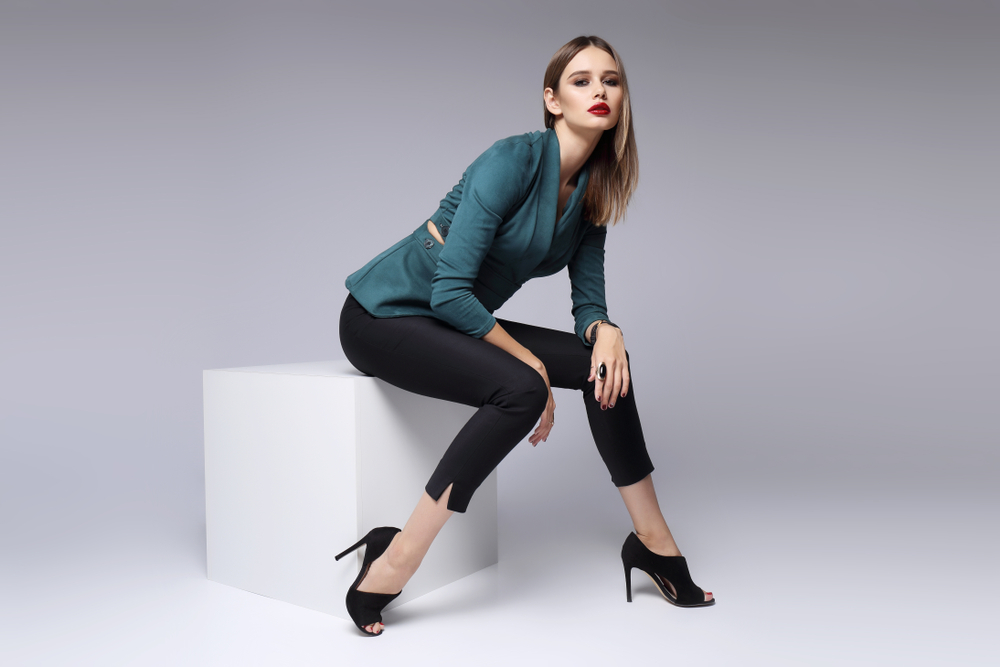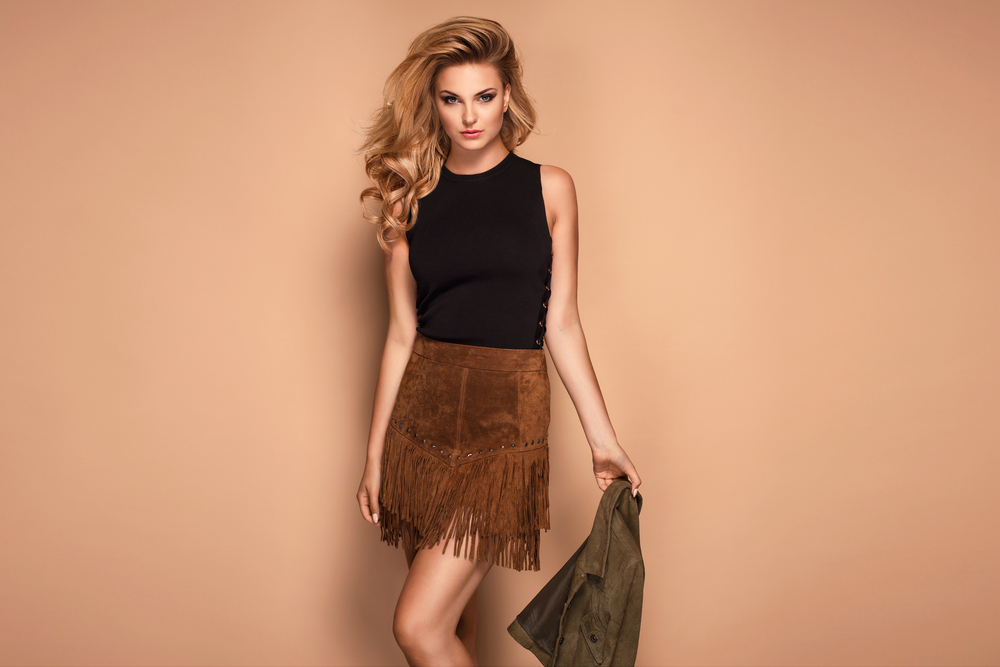
The Art of Modeling: Unveiling the Glamour, Skills, and Challenges in Photoshoots

Modeling is an exquisite art form that captivates us with its glamour and beauty. From the glossy pages of fashion magazines to the billboards that dominate city skylines, models grace our lives in countless ways. But what really goes on behind the scenes of a photoshoot? What skills and challenges make up the world of modelling ? In this article, we will peel back the curtain and delve into the fascinating world of modeling .
The Glamour of Modeling
When we think of modeling, the first image that comes to mind is often that of a strikingly beautiful individual, flawlessly captured in a photograph. Models represent an industry that is built on aesthetics and allure - they embody the very essence of beauty. From their impeccable makeup to their elegant poses, models have the power to captivate an audience with a single glance.
While the glamour of modeling is certainly enticing, it's important to recognize that it is not all glitz and glamour. Behind every stunning image lies a myriad of challenges and skills that models must possess to succeed in their craft.
The Skills of a Model
Contrary to popular belief, modeling is not just about good looks. It demands a range of skills that go far beyond physical appearance. Here are some of the key skills that models need to master:
1. Posing: Models need to understand their bodies and how to showcase them in the most flattering way. From knowing their best angles to conveying different emotions through their poses, mastering the art of posing is essential.
2. Facial Expressions: Models are expert storytellers through their expressions. They must be able to convey various moods and emotions with just their eyes, mouth, and body language.
3. Confidence: Confidence is the key to executing poses and walking the runway with grace. Models need to exude self-assurance and believe in their abilities to deliver their best performance.
4. Adaptability: Modeling requires the ability to adapt to different environments, styles, and creative directions. Models must be versatile and comfortable working in various settings, whether it's on a beach, in a studio, or on a bustling city street.
5. Professionalism: Models must maintain a high level of professionalism at all times. This includes punctuality, a positive attitude, and the ability to work well with others, including photographers, hairstylists, and makeup artists.
The Challenges of Modeling
Like any profession, modeling comes with its fair share of challenges. From intense competition to strict industry standards, models must navigate through numerous obstacles on their path to success. Here are some of the primary challenges faced by models:
1. Rejection: Modeling is a highly competitive industry, and rejection is a constant companion. Models must develop resilience and the ability to bounce back from numerous castings or auditions where they may not be the chosen candidate.
2. Physical Demands: Models must maintain their physical appearance meticulously. This often involves strict diets, intense workout routines, and a commitment to self-care. The pressure to maintain a certain body shape and size can be mentally and physically exhausting.
3. Long Hours: Photoshoots can last several hours or even an entire day, requiring models to be patient and dedicated. Standing, posing, and holding difficult positions for extended periods can be physically taxing and mentally draining.
4. Travel and Jet Lag: Professional models often find themselves crisscrossing the globe for assignments and fashion shows. Frequent travel can disrupt sleep patterns, leading to exhaustion and jet lag, which can impact their performance.
5. Managing Their Brand: Models are not just faces on magazine pages – they are their own brands. They must continuously cultivate their image, engage on social media, and make wise career decisions to stay relevant and successful.
Frequently Asked Questions
1. What are the different types of modeling?
There are several types of modeling, including fashion, commercial, plus-size, fitness, and runway modeling. Each has its unique requirements and target audience.
2. How tall do you have to be to become a model?
While height requirements vary across different types of modeling, the fashion industry typically prefers models who are at least 5'8" for women and 6'0" for men.
3. Can anyone become a model?
While it's true that the modeling industry has become more inclusive in recent years, certain physical attributes and skills are still required to succeed. It takes perseverance, dedication, and a unique look to make it as a model.
4. How do models prepare for photoshoots?
Models prepare for photoshoots by working on their physical fitness, practicing various poses in front of the mirror, and researching the concept/theme of the shoot to better understand the desired look and feel.
5. How do models deal with rejection?
Rejection is a part of the modeling industry, and models must develop resilience. They typically remind themselves that rejection is not a reflection of their worth and continue to seek new opportunities while staying positive and determined.
In conclusion, modeling is an art form that encompasses much more than meets the eye. Behind the captivating images lie dedicated individuals who possess an array of skills and face numerous challenges. Models combine their talent, professionalism, and resilience to create magic in front of the camera. So the next time you admire a photograph of a model, remember the artistry and dedication that went into creating that glamorous image.
Other useful resources
- https://www.planetmodelphoto.com/models/modeling/usa/charlotte/nc-north-carolina
- https://en.wikipedia.org/wiki/Category:Models_by_modeling_agency
- https://en.wikipedia.org/wiki/Modeling_agency